What’s the Best Base Coat to Use Under a Whiteboard Wall’s Surface?
1. Whiteboard Base Coat Assures Proper Adhesion
Top-quality ReMARKable Tintable Base Paint is the best whiteboard wall base coat to apply before installation of our white or clear dry erase paint. This high-end base was developed after extensive research on exactly what type of base coat was needed to act as a foundation for our whiteboard coatings, and is specifically manufactured for this purpose. Thus, to avoid bubbling and other problems with your whiteboard paint application, repair any divots, scratches or bumps on the wall so the surface will be as smooth as possible. If you have applied a fresh coat of paint prior to applying quality whiteboard paint, make sure to let the paint dry a minimum of 24 hours before applying ReMARKable™. White ReMARKable must be applied over true white paint. The best type of paint to use is ReMARKable™ Tintable Base Paint. Some other satin or eggshell water based enamel paints will also work. Do not apply quality whiteboard paint directly over primer alone.
One quart of our Tintable Base Paint covers 50-75 square feet of surface area and one gallon covers 200-300 square feet of area. Remember that the white variety of our coatings must be applied over a base that is a true white paint, and again the best type of paint to use for your base coat is our Tintable Base Paint, which may be tinted with up to four ounces per gallon of Universal Colorants and thinned with up to 10% of water.
If you do choose to apply a different paint as a base coat on your surface, you will need to use a satin or eggshell water-based enamel that contains zero or minimal amounts of additives such as antimicrobial agents, anti-mildew agents, wetting and dispersing agents, anti-foaming agents, and rheology (flow) modifiers. If applied beneath our whiteboard coatings, base coats containing these types of chemicals can adversely affect the quality of the dry erase surface and render it ineffective. For this reason you will need to carefully examine the contents of the base coat you wish to use or contact our customer support team@ 800-936-2159 to be absolutely sure it’s appropriate, as they maintain a continuously updated list of acceptable alternate base coats.
2. Whiteboard Primer Paint
In some situations, if you’re doing an application over raw drywall mud surfaces (new construction), wood, an existing traditional whiteboard, or a chalkboard, and also on certain colors and textures of surfaces, you’ll need to apply a coat of primer before using our base coat. In addition, you’ll need to apply primer to seal the surface before applying a base coat from a brand that’s outside of our product line. This is OK as long as our dry erase coating is not applied directly to the primer. That’s one of the major benefits of using our Tintable Base Paint, which also serves as a primer.
Again, it’s important that you avoid applying our whiteboard coatings directly over primer alone or over base paints that contain the above-mentioned additives. Doing so can cause the release of gases and chemicals that negatively affect the proper application of our dry erase coatings. Also, it’s necessary to test the adhesion of your base coat before applying our whiteboard paint. The type of paint that’s under the dry erase coating is extremely important, so if you are uncertain about what type of paint is on your surface, it’s best to go ahead and apply a fresh base coat. However, if you have an existing painted surface that may not require a new base coat and are certain that the surface is already painted with an appropriate base coat, then you need not be concerned. As long as the surface is absolutely smooth, clean, and dry, you can paint right over it and transform your wall into a long-lasting writable canvas by later applying our dry erase coating. And if you have any questions about these or any other issues related to our products, simply call our support center @ 800-936-2159 prior to using our Tintable Base Coat or mixing the two parts of our whiteboard paint and applying it.
Before application of the base coat, make sure that the surface is completely clean, dry, free of all foreign material, dirt particles, scratches, divots, etc., and is as smooth as possible. Then just roll on our primer/base paint, thus eliminating the coat of primer that you would typically need to apply on top of most surfaces if you were using other companies’ dry erase paints. Our product features superior adhesion to virtually any smooth or slick surface, such as drywall, plaster, plywood, particle board, wood, or melamine, dries completely in just 48 hours, and is then ready for application of our quality eco-friendly dry erase paint, which is warranted for ten-plus years of continuous use, and safe to use for both the person applying it and for the environment.
3. 100% Opaque Whiteboard Base Coat
Bothe clear and white, whiteboard paint should be applied smoothly over a proper base coat. The base coat needs to be a nice 100% opaque or solidly covered surface. If you choose to use a base coat other than ours you will need to make sure that that base coat does not contain polyvinyl Acetate (PVA), a chemical that has an adverse reaction with our dry erase top coating. Also be certain that the base coat dries for a minimum of 24 hours before applying the first coat of our whiteboard paint to your surface. On most types of surfaces, our high-end Tintable Base Pain works without a hitch as both a primer and a base.
4. “Thinnability” of the Whiteboard Base Coat
A very high-end base coat can be thinned or diluted up to 10% with water and still function as it should when applied properly. High-quality water-thinnable base coats are a little heavier bodied than some paints, so you may find that our product is easier to work with if you thin or dilute it with just a small amount of water before application to your surface. Feel free to add 5-10% of water to thin, making sure to stir thoroughly. You should use a standard 9” roller for smooth surfaces to apply the base coat. A ¼” nap- 3/8” nap roller is probably the best. To clean your skin and the roller after application, warm water and soap are all that’s required.
5. Eliminate Guesswork
Whiteboard paint manufacturers such as ReMARKable Coating have developed the perfect base coats, eliminating the guesswork related to how well different base coats work when applying whiteboard painted walls. The products feature outstanding bonding to any smooth interior surface, excellent adhesion, hardness, and durability, and great ease of application. However, it is important to consider the definition of smooth in this context. It does not mean so-called “orange peel texture,” which looks exactly like its name: a dimpled surface that’s textured, with minute peaks and valleys, so it is uneven to the touch, much like the surface of an orange. Some people like the look of orange peel-textured interior walls and feel it’s desirable, but when you write on such a surface with a dry erase marker and then try to erase your writing, the ink tends to gather in the valleys, creating a speckled appearance. So to avoid this problem be sure that your surface is truly smooth.
If you choose White Remarkable you will ultimately create a white dry erase board surface similar in color to that of a traditional framed whiteboard. If you use Clear Remarkable over our Tintable Base Paint, you will end up with a slightly softer, warmer toned, whiteboard surface.
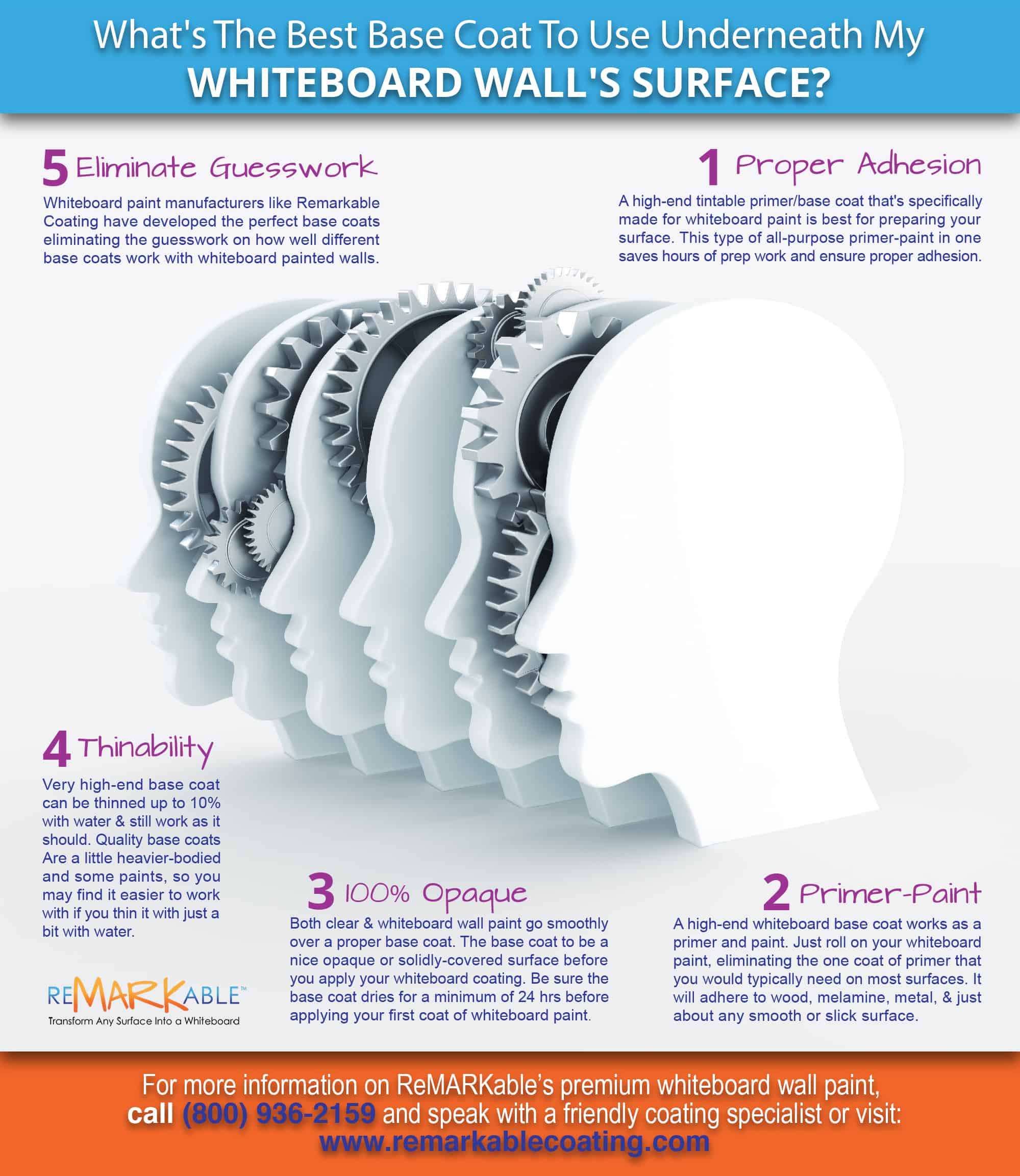

























































































![ReMARKable’s Winter Sale is Here! [25% Off + Free Shipping]](https://www.remarkablecoating.com/wp-content/uploads/2018/01/Red-Tag-Winter-Fashion-Facebook-Post-1-440x264.png)















![Drive Your Organization Into Openness and Watch it Expand [20% Off Whiteboard Paint]](https://www.remarkablecoating.com/wp-content/uploads/2016/04/Drive-Your-Organization-Into-Openness-and-Watch-It-Expand.-1-440x264.jpg)

![30% Off St Patrick’s Day Sale! [Details Inside]](https://www.remarkablecoating.com/wp-content/uploads/2016/03/Glorious-1-440x264.png)


![Giant Leaps Forward Require Big Spaces. [Leap Year Sale Event!]](https://www.remarkablecoating.com/wp-content/uploads/2016/02/Giant-Leaps-ForwardRequire-Big-Spaces-440x264.jpg)

















![ReMARKable Summer Sale 2018 [28% Off Whiteboard Paint]](https://www.remarkablecoating.com/wp-content/uploads/2018/06/Blue-Simple-Line-Beach-Facebook-Post-1-440x264.png)







































































































































































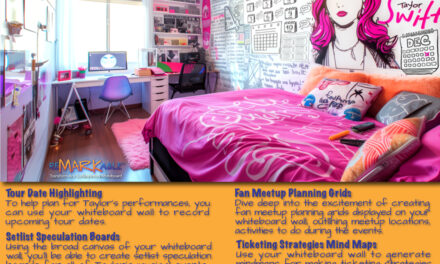



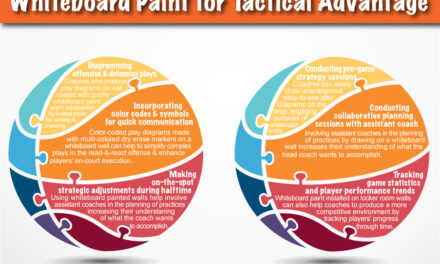





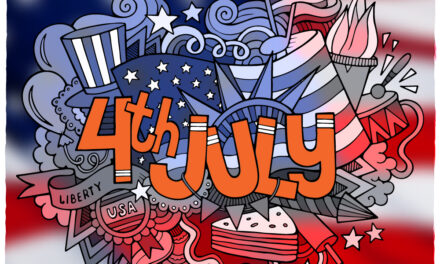

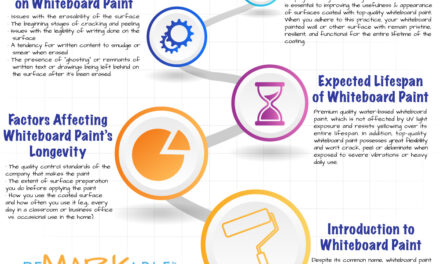



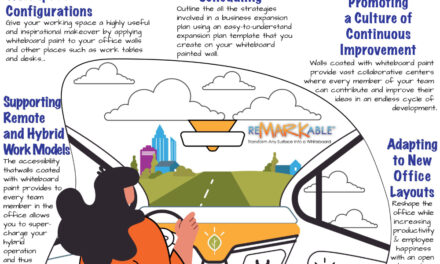
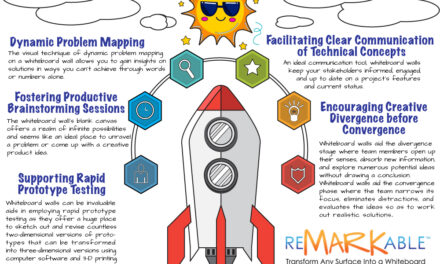








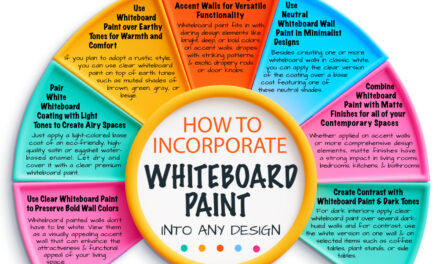


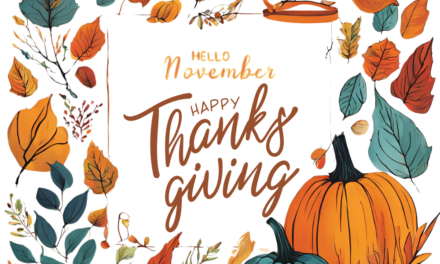

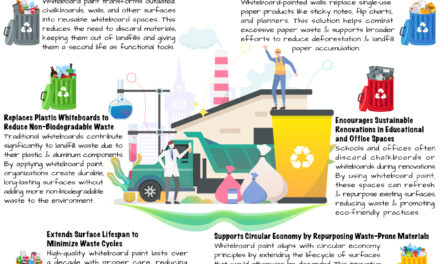







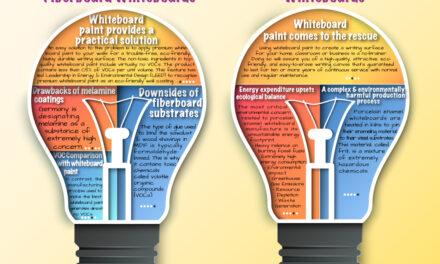




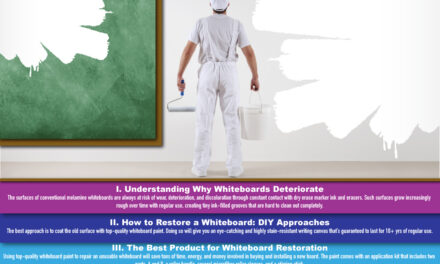





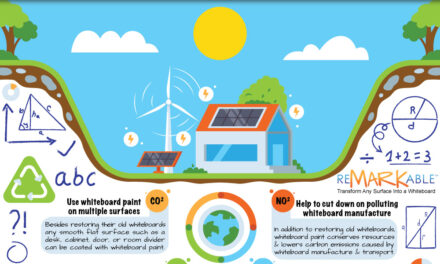
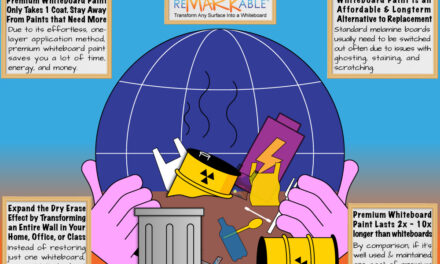
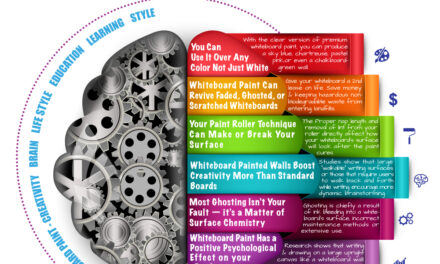

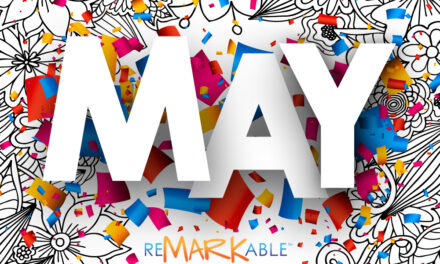





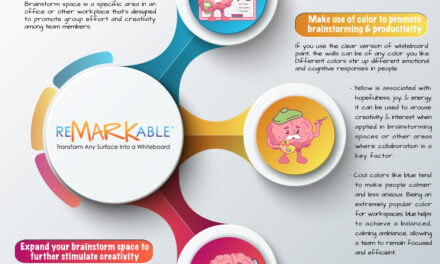
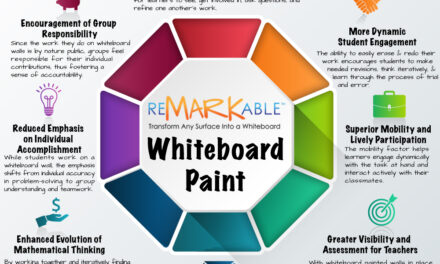


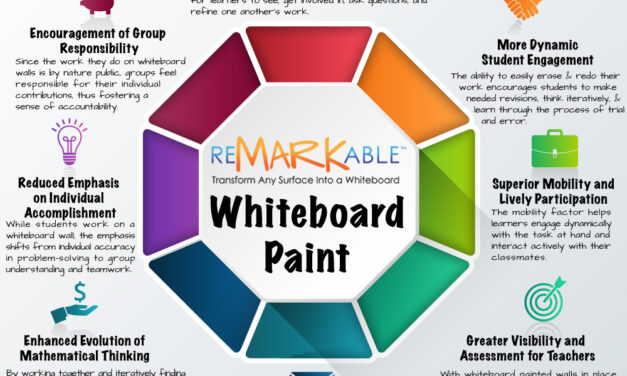
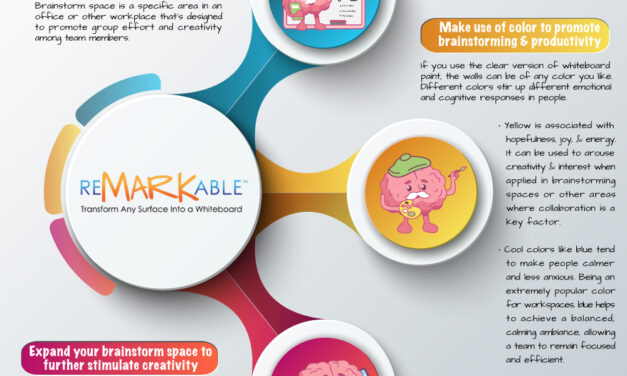








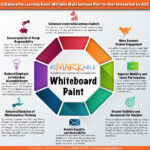
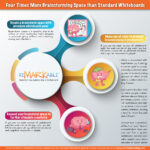
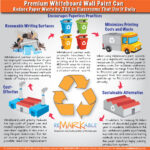

0 Comments